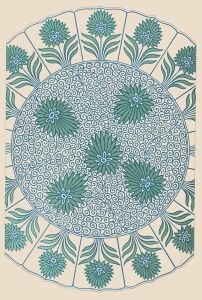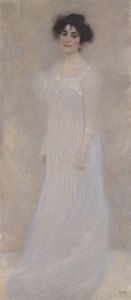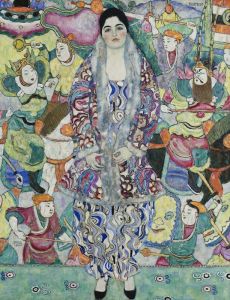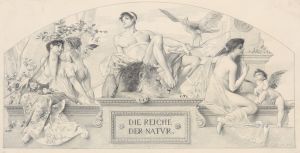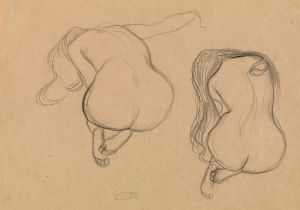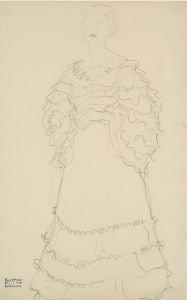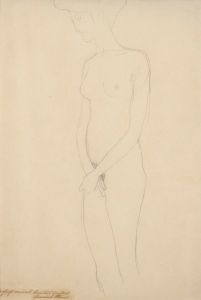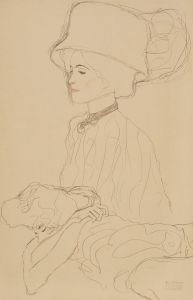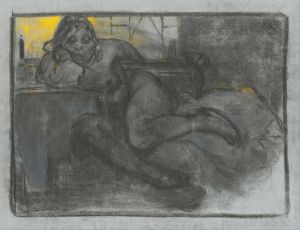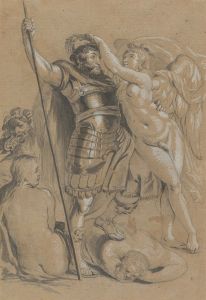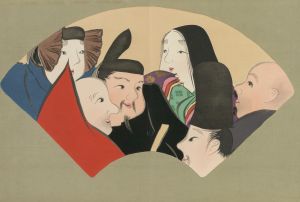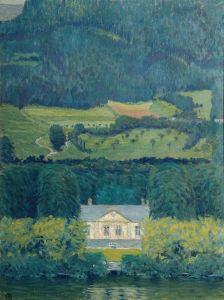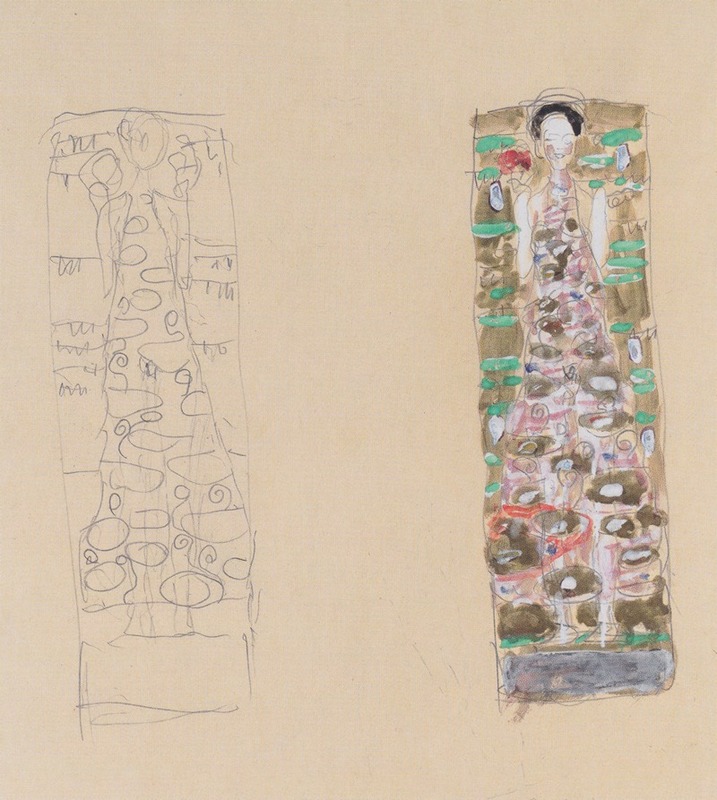
Zwei Entwürfe zum Schmuckblatt für Otto Wagner
A hand-painted replica of Gustav Klimt’s masterpiece Zwei Entwürfe zum Schmuckblatt für Otto Wagner, meticulously crafted by professional artists to capture the true essence of the original. Each piece is created with museum-quality canvas and rare mineral pigments, carefully painted by experienced artists with delicate brushstrokes and rich, layered colors to perfectly recreate the texture of the original artwork. Unlike machine-printed reproductions, this hand-painted version brings the painting to life, infused with the artist’s emotions and skill in every stroke. Whether for personal collection or home decoration, it instantly elevates the artistic atmosphere of any space.
Gustav Klimt's Zwei Entwürfe zum Schmuckblatt für Otto Wagner (Two Designs for a Decorative Sheet for Otto Wagner) is a work that reflects the collaboration between two prominent figures of the Viennese Secession movement: the painter Gustav Klimt and the architect Otto Wagner. This piece consists of two design sketches created by Klimt as part of a decorative project for Wagner, who was a leading figure in modern architecture in Vienna during the late 19th and early 20th centuries.
The sketches were intended as part of a decorative concept for Wagner's architectural works, showcasing Klimt's ability to merge fine art with applied art. Klimt was known for his intricate, ornamental style, which often incorporated symbolic and allegorical elements. These designs exemplify his early exploration of decorative motifs that would later become hallmarks of his mature style. The collaboration between Klimt and Wagner highlights the interdisciplinary nature of the Viennese Secession, a movement that sought to unify the arts and break away from traditional academic styles.
The exact purpose or final application of these designs remains unclear, as they were likely preparatory works and may not have been realized in a completed project. However, they demonstrate Klimt's skill in creating detailed, harmonious compositions that align with Wagner's architectural vision. The sketches are characterized by their linear precision and ornamental elegance, reflecting the influence of both Art Nouveau and the emerging modernist aesthetic of the time.
Today, Zwei Entwürfe zum Schmuckblatt für Otto Wagner is recognized as an example of Klimt's early contributions to the decorative arts and his collaboration with other leading figures of the Viennese cultural scene. The work provides insight into the creative processes of both Klimt and Wagner, as well as the broader artistic trends of the period.





